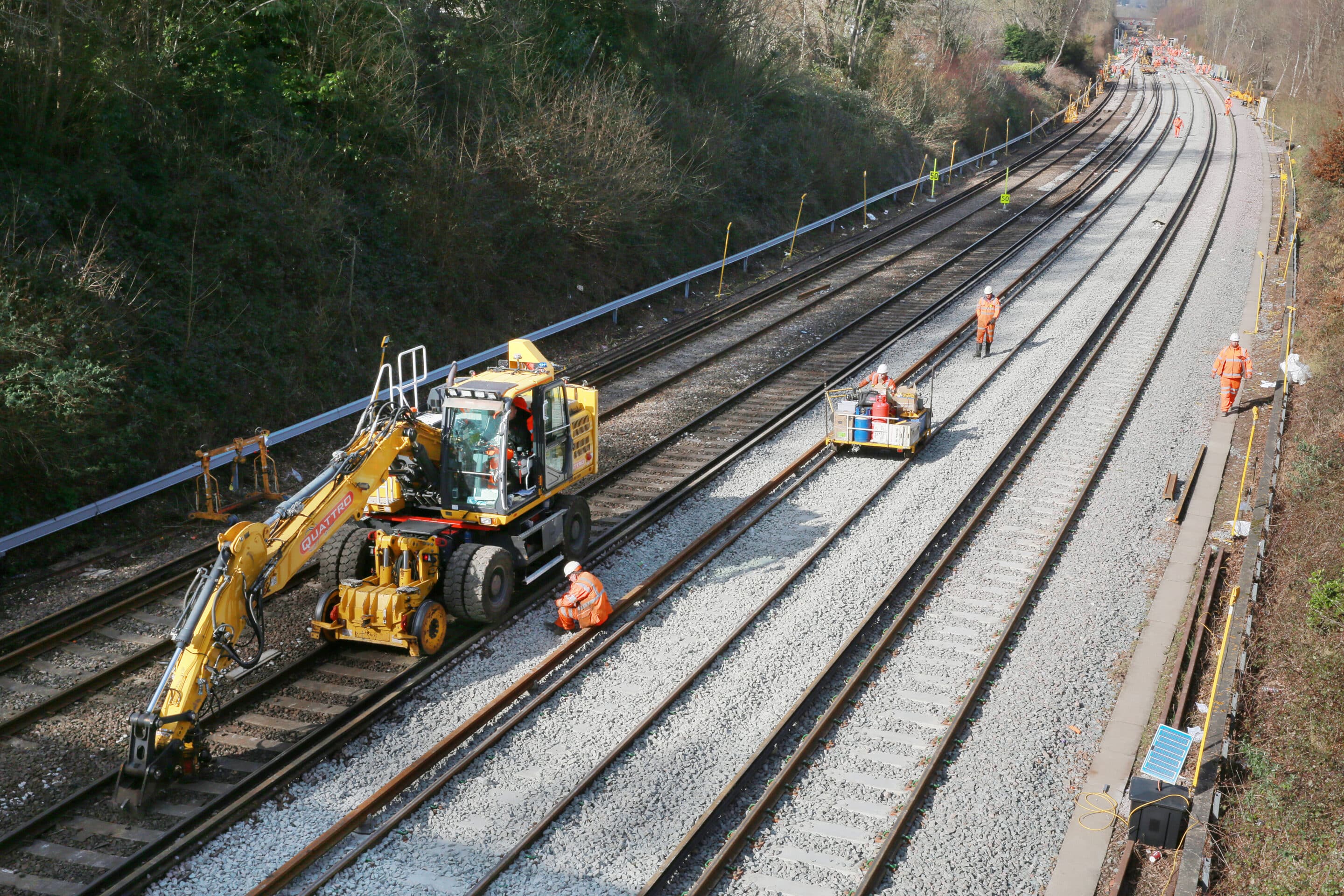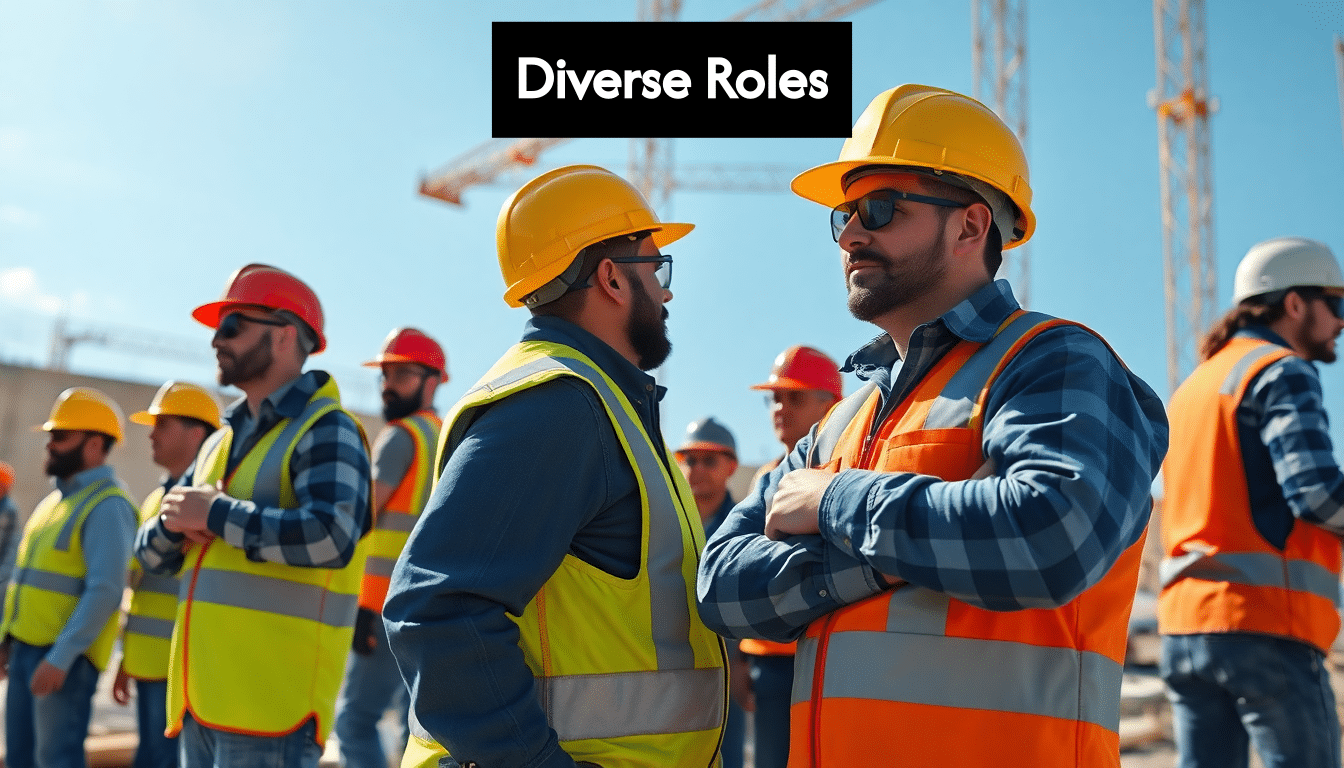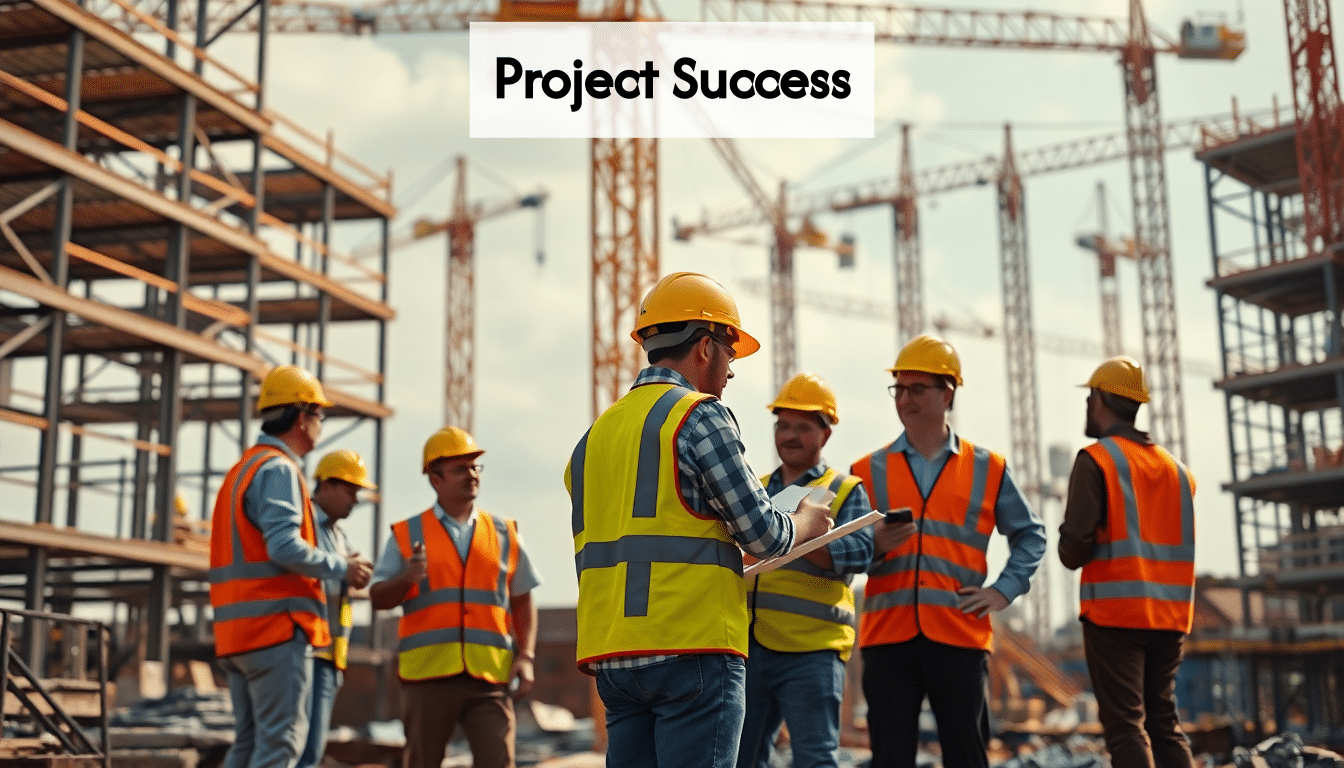Introduction to Train Construction
When I first started digging into the world of train construction, I found myself fascinated by the intricate dance of engineering, planning, and sheer willpower involved in building high-speed rail systems. It’s not just about laying down tracks; it’s a monumental task that takes years of vision and collaboration. In California, the concept of the bullet train has gained significant momentum, but it’s also faced a plethora of challenges that test the resilience and commitment of its proponents.
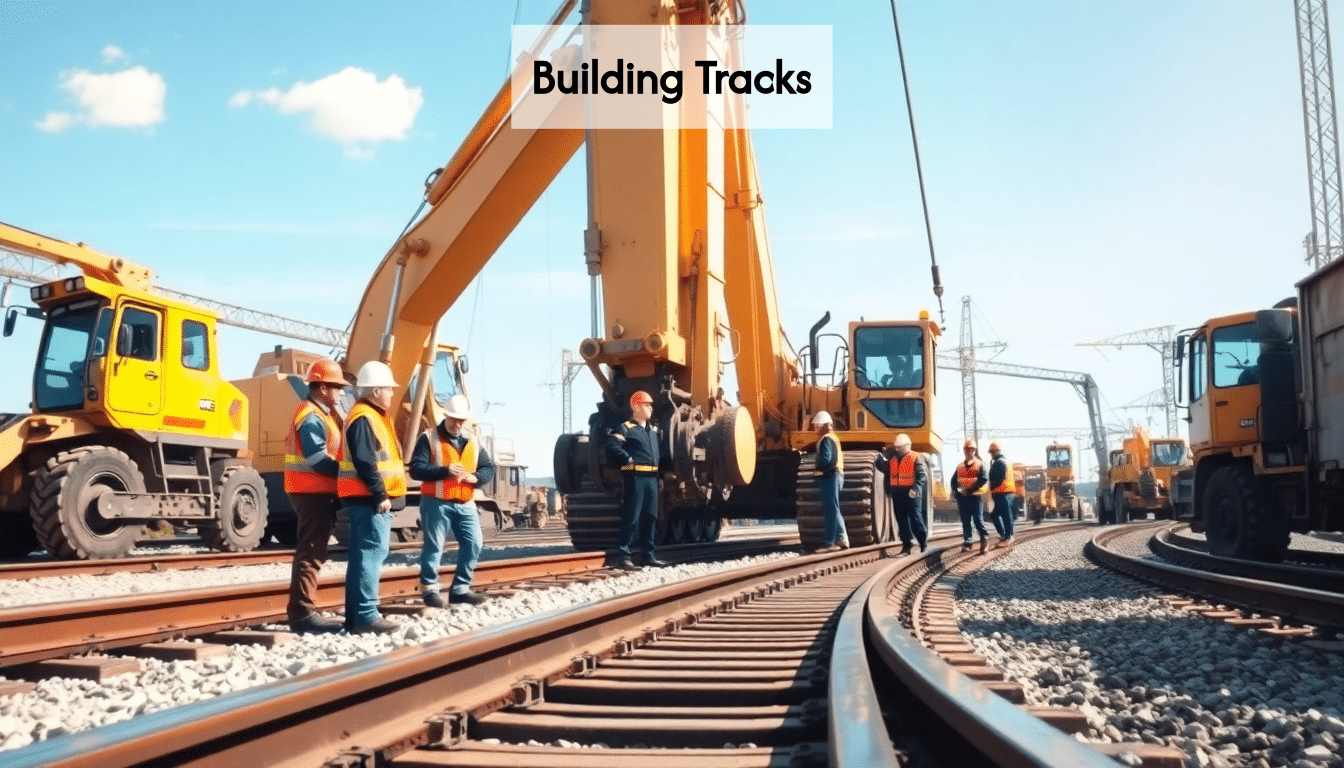
The construction of a railway is a multifaceted process that requires partnerships among engineers, government bodies, environmental experts, and local communities. In this ever-evolving project, the California high-speed rail (HSR) seeks not just to shorten travel times within the Golden State, but also to revolutionize how we think about transportation in the U.S.
Let’s dive into the current status of California’s high-speed rail planning and the key milestones achieved so far. As a part of that, we’ll review crucial elements, such as the construction of railway infrastructure, the technological innovations that are making this project possible, and how public perception affects its future viability.
As we step into this exploration, it’s vital to understand that the success of the bullet train in California isn’t just about laying down steel tracks; it’s about connecting people, economies, and cultures in a way that has never been done before. In California’s pursuit of a super train, the potential benefits—reduced traffic, lower emissions, and job creation—are unimaginable. Join me as we journey into the progress, challenges, and bright future of train construction in the Golden State.
Overview of Railway Construction and Its Importance
When thinking about train construction, it’s essential to recognize that it’s a backbone of modern transportation, and its importance cannot be overstated. Railway construction plays a pivotal role in connecting cities, facilitating trade, and enhancing mobility. As I navigated through the intricacies of this field, the impact on daily life struck me most profoundly—everyone from commuters to freight companies benefits from efficient rail systems.
The Components of Railway Construction
So, what does building a railway entail? At its core, it’s about laying down tracks, but the scope is far broader. The construction of railway infrastructure includes everything from designing and building stations to ensuring that safety measures and technologies are integrated. Here’s a simplified look at some critical components:
- Track Design and Installation: One of the first steps in train construction involves choosing the correct type of track, considering factors like weight capacity, gauge, and the speed of trains. The ongoing focus on bullet train construction in California highlights advanced engineering techniques and materials capable of supporting high-speed travel.
- Stations and Terminals: These hubs are not just waiting areas; they are architectural feats that enhance passenger experience, often featuring amenities that reflect the local culture. For example, the proposed stations in California’s high-speed rail project have been designed to accommodate thousands of passengers while being environmentally friendly.
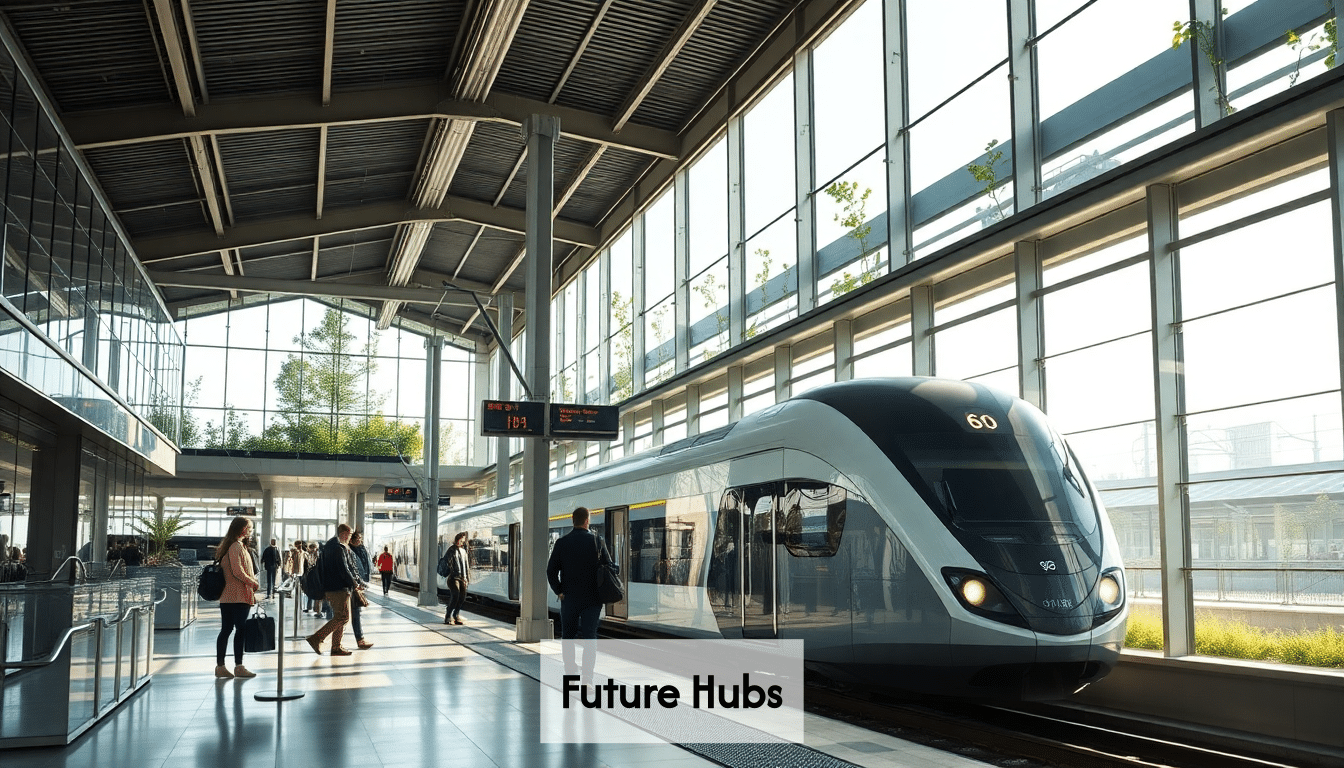
- Signaling and Communication Systems: Safety is paramount in train construction. Modern high-speed rail systems require sophisticated signaling systems to manage the speed and traffic of trains efficiently. This is especially critical in California’s latest HSR proposal, as it aims to integrate advanced technology that minimizes delays and maximizes safety.
Why Railway Construction Matters
The importance of railway construction extends beyond mere transit. According to a report by the American Public Transportation Association, rail systems can dramatically reduce greenhouse gas emissions, contributing to a more sustainable future. In areas where congestion is a daily headache, the bullet train in California can provide a much-needed alternative—reducing traffic, lowering overall journey times, and enhancing air quality.
As we explore this further in the subsequent sections, consider this: railway construction is not merely an engineering endeavor; it’s about constructing a future where people can travel efficiently, sustainably, and seamlessly. So, when we look at the status of California high-speed rail, we’re witnessing more than just tracks being laid down; we’re witnessing the birth of a revolutionary approach to mobility.
High-Speed Rail Construction: Case Study of California
Diving deeper into the nuances of train construction, it’s impossible to overlook the ambitious endeavor of California’s high-speed rail (HSR) project. As a case study, California provides a perfect lens through which we can understand the complexities, triumphs, and tribulations of building a modern bullet train system.
Project Overview
California’s HSR project, often referred to as the bullet train in California, aims to connect major metropolitan areas such as San Francisco and Los Angeles with speeds exceeding 200 miles per hour. Imagine whizzing down the rails, sipping on your coffee, and reaching your destination in a fraction of the time that traditional travel methods would take! However, getting this dream off the ground has been a roller-coaster ride of progress and setbacks.
Progress and Setbacks
First proposed in 2008, California’s bullet train construction has seen its fair share of delays and funding challenges. As of now, California high speed rail status indicates varying degrees of progress. While initial construction efforts have taken shape in the Central Valley, particularly around Fresno and Merced, concerns about budget overruns and environmental impacts have made headlines. In fact, in 2022, the project’s estimated cost ballooned to over $100 billion, raising eyebrows and prompting a bit of public backlash.
Key Learnings from California’s HSR
What stands out about the California high-speed rail proposal is the innovative approach to addressing the challenges of train construction. For instance, the planning phase has emphasized extensive environmental reviews. The team working on HSR in California has pioneered methods to minimize disturbances to wildlife and ecosystems, setting benchmarks for future railway projects. Charles Waldheim, a railway systems engineer, stated, “In high-speed rail, we must prioritize not just speed, but environmental sustainability if we want to secure a brighter future for our cities.”

The Way Forward
Despite the challenges, Californians for high-speed rail maintain strong advocacy for the project, believing that this investment in infrastructure will pay dividends in the long run through economic growth, job creation, and diminished traffic woes. The proposed completion date for segments of the California bullet train remains targeted for 2029, but, honestly, the timeline feels like dodging a moving target.
In this unfolding saga of high-speed train construction, California serves as both a beacon of potential and a cautionary tale for future projects. As we continue to navigate the status of California high speed rail, it’s vital for stakeholders to remain agile, adapting to lessons learned while keeping sight of a greener, faster transport future.
Current Status and Progress of California High-Speed Rail Projects
As we look at the current status of California’s high-speed rail projects, the excitement is palpable, though it’s often accompanied by a chorus of skepticism. While it’s clear that train construction efforts are underway, understanding the specifics of California’s bullet train status gives us insight into both its triumphs and ongoing hurdles.
Construction Milestones Achieved
First and foremost, let’s celebrate some achievements! The initial phase of construction, primarily focused in California’s Central Valley, has produced tangible results. Crews have forged ahead with significant earthworks, building bridge structures, and laying the groundwork—quite literally—for this ambitious project. Most notably, a stretch of about 119 miles from Madera to Bakersfield is in progress, demonstrating that the dream of a high-speed rail network is slowly turning into a reality. The California high-speed rail status report indicates substantial completion of viaducts and embankments, which are crucial for the integrity of the tracks moving forward.
Funding Challenges and Political Landscape
However, let’s not sugarcoat it—there are bumps in the road. Funding remains a critical issue. With an estimated price tag of over $100 billion, the construction costs have raised eyebrows and prompted intense debate. California’s budgetary constraints have, at times, stalled high-speed rail progress. In a recent interview, state senator and advocate for the high-speed rail, Jim Beall, remarked, “We’ve invested too much to turn back now. The potential for economic growth is just too significant to ignore.”
Future Timeline and Goals
As for the timeline, the completion date of the California bullet train remains somewhat elusive. With the aim to make the system operational by 2029, stakeholders are optimistic but cautious. The ongoing challenges in securing funding and addressing environmental concerns mean the project could face further delays. On the brighter side, advancements in technology and project management are promising improvements in efficiency, potentially streamlining the construction of railway segments.
Community and Environmental Considerations
Community engagement continues to play a vital role in shaping the project. Public forums and outreach efforts by organizations like Californians for High-Speed Rail are vital in addressing misconceptions, fielding concerns, and gathering support. Balancing the benefits of high-speed travel with environmental considerations is critical. The focus on eco-friendly practices in the construction of railway routes is a win for advocates on both sides.
Conclusion
So, where does this leave us? The California high-speed rail, while facing obstacles, is undeniably moving forward. The journey of train construction in California serves as a microcosm for larger discussions on infrastructure development in America. With every mile of track laid and every hurdle overcome, we’re reminded that this project is more than just trains; it’s a transformative vision for how we move within and beyond California. As we follow the status of California high speed rail, let’s keep our fingers crossed for smoother tracks ahead!
The Future of High-Speed Rail Construction: Prospects and Challenges
As I peer into the future of high-speed rail construction, especially in the context of California, I can’t help but feel a mix of excitement and apprehension. The prospects for high-speed rail in California are undeniably bright, but with that brightness come significant challenges that must be addressed for the vision of a comprehensive rail network to become a reality.
Promising Prospects
The benefits of a fully operational high-speed rail system in California are immense. Imagine being able to travel from Los Angeles to San Francisco in under three hours! This could revolutionize our approach to intercity travel, reducing the reliance on traditional car commutes and significantly cutting down on greenhouse gas emissions. Studies have shown that high-speed rail can decrease travel times for commuters, thereby boosting productivity and reducing congestion on highways. According to the California High-Speed Rail Authority, such a system is projected to carry about 38 million passengers annually by 2040, which is a staggering number!
Moreover, think about the job opportunities that would arise from high-speed train construction. This initiative isn’t just about tracks and trains; it’s about creating thousands of jobs in construction, engineering, and operation, significantly contributing to the local economy. Investing in train construction is investing in our workforce and infrastructure.
Challenges Ahead
However, the road ahead is not without its bumps. One of the primary challenges facing the California high-speed rail initiative is the ongoing debate regarding funding and financial sustainability. The CA bullet train status reveals a persistent struggle to allocate the necessary funds to cover the immense costs associated with such large-scale construction.
Additionally, the environmental and regulatory hurdles cannot be ignored. For instance, ongoing assessments must be carried out to ensure that this project does not disrupt local ecosystems or habitats. Learning from previous phases of train construction, it’s critical that future plans incorporate more robust environmental safeguards.
The Role of Technology
Innovation in technology also holds the key to overcoming some of these challenges. Advanced construction techniques and materials can enhance efficiency and safety while keeping costs in check. For example, using digital modelling and AI algorithms can streamline project management processes, ensuring that deadlines are met without compromising quality. Furthermore, integrating sustainable practices in project planning will not only ease the fears of environmentalists but also attract support from the general public who are keen on eco-friendly solutions.
Community Engagement
Also, engaging with local communities is a must. Transparency is crucial in gaining public trust and support—this means effectively communicating the benefits of high-speed rail while addressing concerns proactively. Public opinion has a significant impact on the status of high-speed rail in California, and studies have shown that communities that feel included in the decision-making process are more likely to support such projects wholeheartedly.
Conclusion
So, as we contemplate the future of train construction in California, it’s clear there’s a balancing act at play—between ambition and reality, innovation and regulation, enthusiasm and skepticism. If we can harness the promising prospects while strategically addressing the challenges, California’s high-speed rail could not only transform how we travel but also redefine the very framework of transportation in America. Fasten your seatbelts, fellow dreamers; this ride is just getting started!
Frequently Asked Questions
What is the current status of California’s high-speed rail project?
The California high-speed rail project is actively under construction, primarily in the Central Valley, with major milestones achieved, including earthworks and bridge construction. However, funding challenges and environmental concerns continue to pose obstacles.
What are the benefits of high-speed rail in California?
High-speed rail in California promises reduced travel times between major cities, decreased reliance on cars, lower greenhouse gas emissions, and significant job creation in construction and transportation sectors, projected to serve 38 million passengers annually by 2040.
What challenges does California’s high-speed rail project face?
The project encounters several challenges, including soaring costs estimated over $100 billion, ongoing funding debates, environmental reviews, and the need for community engagement to address public concerns and support.
When is the California high-speed rail expected to be completed?
The completion date for segments of California’s high-speed rail is targeted for 2029; however, ongoing funding and environmental issues may cause further delays.
Connect Your Dreams to Reality in California’s High-Speed Rail Revolution
As California embarks on the ambitious journey of high-speed rail construction, the significance of skilled professionals in engineering, project management, and construction cannot be overstated. From track design to advanced signaling systems, this monumental project demands talent who can tackle the challenges of budget overruns and environmental assessments. At Amundson Group, we understand the urgency and necessity of placing the right talent in pivotal roles within the construction sector.
Why Choose Amundson Group?
- Expertise in Construction Recruitment: With our extensive network, we specialize in connecting you with top-tier job opportunities in high-speed rail and beyond.
- Tailored Job Placement Services: Our services are designed to fulfill the specific hiring needs of organizations, ensuring that each project moves forward seamlessly.
- Commitment to Your Success: We are dedicated to the success of both clients and candidates—your career aspirations are our priority.
Don’t wait for the future to arrive—be part of it! Explore opportunities today that align with California’s high-speed rail initiative and potential growth in other construction sectors.
Visit us at Amundson Group and take the first step towards transforming your professional journey.

